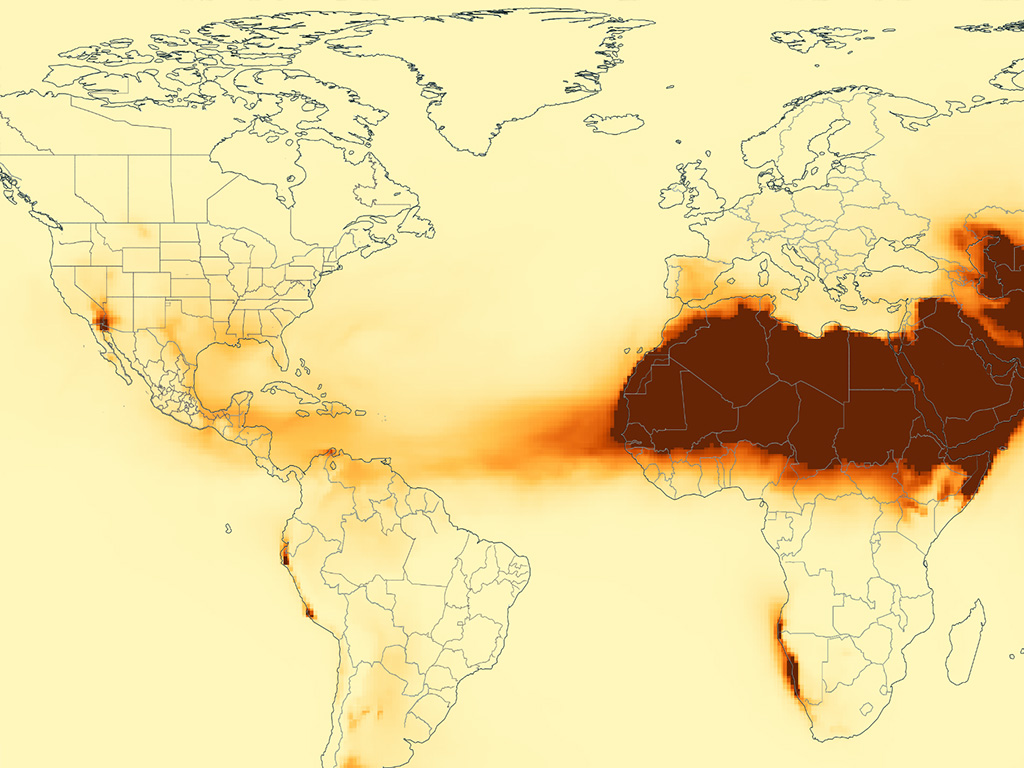New method can detect dust that travels 6,500-plus miles from the Sahara Desert to the southern United States each summer

Researchers have developed a new method to identify dust from travels in plumes from Africa to the southern United States every summer. Accurately and quantitatively tracking Saharan dust across the globe is essential to explain its effects on the Earth’s climate, water and nutrient cycle, and human health.
The new method, known as isotope-resolved chemical mass balance, recognizes dust participles using isotopic measurements. This new research builds off previous studies where they identified and quantified the dust by determining the elemental composition.
The study was recently published in Environmental Science & Technology.
Sourav Das, research assistant and doctoral student in the Zachry Department of Civil and Environmental Engineering, collaborated with Brent Miller, professor in geology and geophysics at Texas A&M, and researchers at the University of Miami.
“We are one of the very few groups that study how this African dust or any kind of global or regional dust sources influence local air pollution by mixing with aerosols from various proximal sources,” said Shankar Chellam, professor of civil and environmental engineering and A.P. and Florence Wiley Professor III. “Sourav had to first develop a brand-new instrumental method to measure dust’s isotopic and elemental composition and then perform modeling using these measurements.”
Previously, Chellam’s students examined and determined the elemental analysis of African dust, but this new method quantifies the isotopic composition of three different metals that serve as unique tracers. An element could be labeled simply as strontium (an alkaline earth metal), but geochemists would carefully label it as strontium 86 or 87, depending on the atomic mass, for example. For dust, they analyzed the rare earth metal neodymium along with strontium and hafnium.
Chellam said to think of the elemental analysis as identifying a full fingerprint. But this new method is like identifying each curve and groove in the fingerprint. Das added that the analogy is that chemically similar sources are like twins with the same face but whose fingerprints would be unique, which can be quantified using isotopes.
“How do we improve the accuracy of not only identifying African dust but also quantifying its contributions (in the air) at low levels before the arrival of the main plume and after its departure?” Chellam said. “To do that is a Herculean task. If it was hard before, it is now 10 times harder to pursue low concentrations.
In previous studies, air samples were collected from Barbados and Houston at different times, but this study is distinct because they tracked the same dust plumes from Africa to Houston using NASA satellite images and large-scale models.

